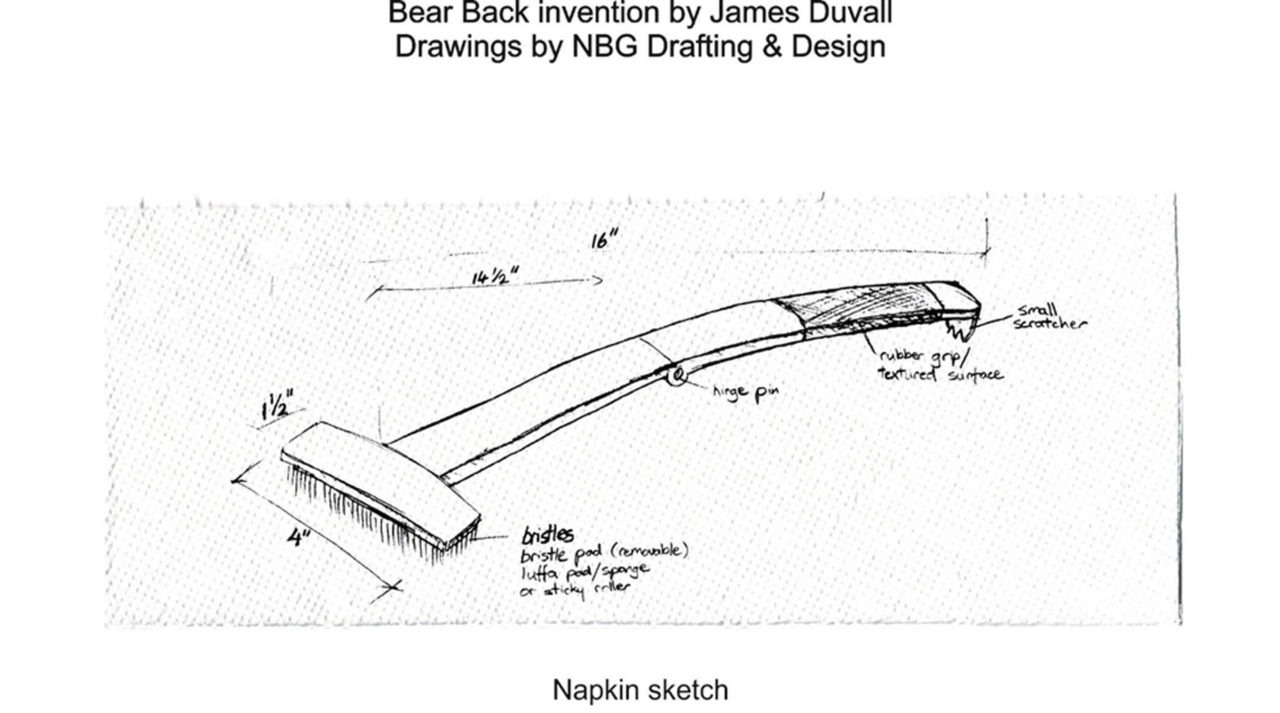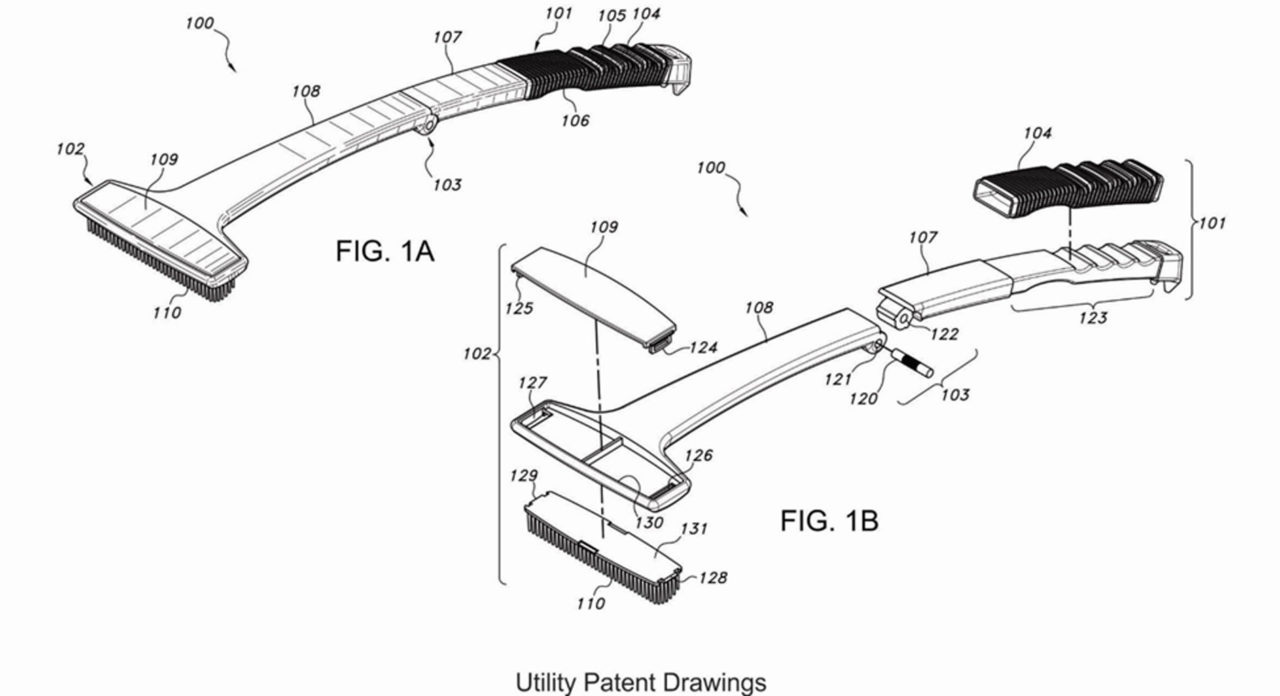Preliminary Design
The United States Patent and Trademark Office (USPTO) states “any person who invents or discovers any new and useful process, machine, manufacture, or composition of matter, or any new and useful improvement thereof, may obtain a patent.”1
“The patent law specifies that the subject matter must be “useful.” The term “useful” in this connection refers to the condition that the subject matter has a useful purpose and also includes operativeness, that is, a machine which will not operate to perform the intended purpose would not be called useful, and therefore would not be granted a patent.”2
Think of your idea as a starting point for what may become an invention. This could start with a rough sketch or description. Rough sketches and descriptions do not contain all the details of an invention and can be unclear and sometimes inaccurate. The reader often cannot tell from sketches alone if the subject matter is useful and will operate. Additionally, sketches and descriptions are subject to interpretation. What is obvious to you may be interpreted completely differently by others, especially patent examiners.

A preliminary design stage is a logical process during the early stage that will help to clarify important aspects of an invention. This can be done using drawings, prototypes or both. Without clarifying details, one would be guessing how an item might look or function. The more vague the sketches and description, the more rounds of revisions you may require if you go directly to patent drawings without clarifying details in a preliminary design stage. Obtaining preliminary design drawings can help take your idea through the research and development process efficiently.

Some sketches may contain enough detail so that a preliminary design or prototype stage may be omitted. For patent drawings every aspect of a device has to be understood and the operation of the machine obvious. If sketches contain enough information to determine how a device looks and works, accurate patent drawings can be produced using sketches only. Manufacturing drawings show the way a device looks and works but need to display all dimensions of every component so that an item can be made from the drawings.
If you think that your sketches contain enough information to skip a preliminary design stage, ask yourself the following:
- Is the exact shape of every component well defined?
- Is it clear how components connect?
- Can you see from the sketches exactly how the front, back, side, bottom and top looks?
- Is it obvious from the sketches how it works, moves or operates?
- How is it made and from what materials?
- Is its use obvious?
- What are the dimensions and is the sketch to scale?
- If hardware or other components are necessary, are they adequately detailed?

We believe that you cannot solve what you cannot see. Obtaining a preliminary design is a good way to clarify sketches. A preliminary design changes an idea into a logical visual form and helps entrepreneurs turn back-of-napkin ideas into potential inventions. This stage determines if improvements, adjustments or changes are required. It confirms if there is enough information to proceed to the next step or if more information is needed to understand how an item operates. Preliminary designs help to identify issues that need to be worked out. This stage is about visual problem solving and the rigorous process of making sure your idea will work the way you envisioned.
A qualified draftsperson can be instrumental in making your sketches legible, suggesting and making improvements to your design in the early stages and creating patent drawings and detailed manufacturing drawings when the invention has been refined. Furthermore, a qualified draftsperson will select views that fully disclose your design and display your invention to its fullest advantage. This is not only useful during the patent process but can also be helpful when seeking investors and beginning the actual manufacturing process.

As mentioned earlier, one option worth considering in the early product development process may be to build a prototype. Although a prototype is not necessary for a patent application, it will help to clarify how the invention should look or work. Inner workings and problems that are not clear may be clarified in this stage. Questions such as, should it be simplified, revised or completely reworked may be answered. Working out potential problems or correcting a fault in an early stage saves costs. The further you are into development the higher the cost to correct will be.
CONCLUSION
Omitting a preliminary design stage may save some costs upfront. However, consider it as the most efficient way to bring your idea to light.
ENDNOTES
1). USPTO website- Patents: Getting Started-General information concerning patents-What Can Be Patented https://www.uspto.gov/patents-getting-started/general-information-concerning-patents#heading-5
2). USPTO website- Patents: Getting Started-General information concerning patents-What Can Be Patented https://www.uspto.gov/patents-getting-started/general-information-concerning-patents#heading-4
